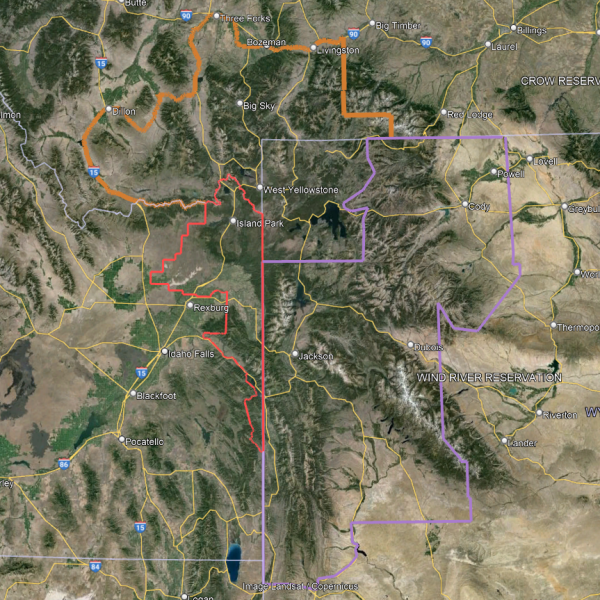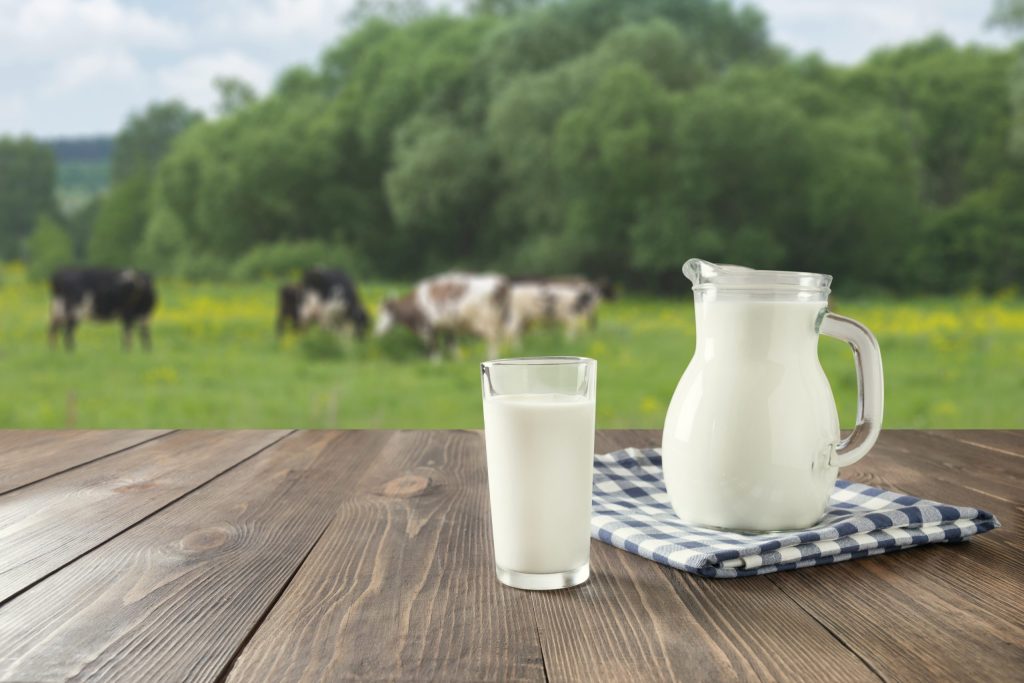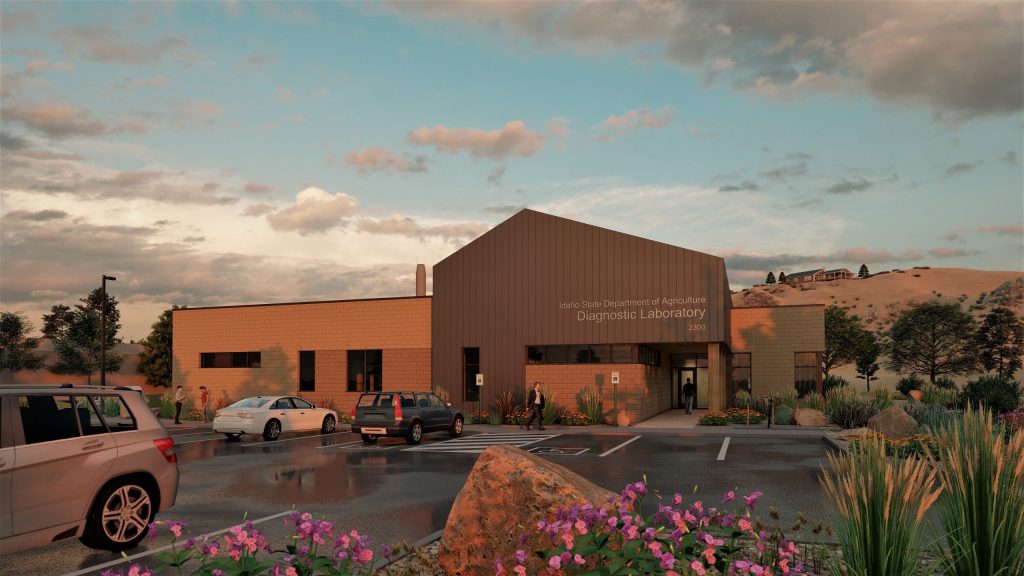Brucellosis
The highest risk of brucellosis in Idaho is in the Designated Surveillance Area (DSA), a region near the Greater Yellowstone Area where there is enhanced surveillance through a cooperative state and federal program. In Yellowstone national park, wild cervids such as elk can carry the disease, and interaction between cattle and elk is a risk factor.
How is brucellosis transmitted? The major sources of infection are reproductive (mainly fetal and placental) secretions and mammary secretions (milk) from infected animals. Brucellosis can be transmitted through ingestion of or contact with aborted fetuses and contact with infected young animals. Brucellosis can also be transmitted through natural mating; however, this is very rare.
What are the signs of infection?
Brucellosis most commonly targets the reproductive system. While much of the time there are no signs, animals may abort late in pregnancy or give birth to weak or sick offspring. In extreme cases, brucellosis can cause arthritis in the joints, lameness and abcesses.
Can brucellosis infect humans?
The main risk for humans to become infected with brucellosis is through contact with reproductive fluids – placental and fetal fluids – from infected animals. Although there is a possibility for brucellosis to be transmitted through milk or meat, the pasteurization of milk and the cooking of meat destroy the bacteria. Raw milk, which hasn’t gone through the pasteurization process, does retain the possibility of transmission. Other than that, any infection risk in humans is primarily in people who work with susceptible animals and are exposed to potentially infected fluids.
Am I required to vaccinate for brucellosis?
All intact female cattle and domestic bison must be vaccinated against brucellosis between the ages of 4 and 12 months unless being fed for slaughter in an Idaho approved feedlot. If you are a veterinarian with a client that has intact females over 12 months that have not been vaccinated for brucellosis, download the adult vaccination permit and submit via email or contact us with questions regarding adult vaccination.
How do I get my animals vaccinated?
Any federally accredited veterinarian can perform vaccination for brucellosis. Contact your veterinarian to set up an appointment for vaccination.
Am I required to test for brucellosis?
Cattle and domestic bison leaving the Designated Surveillance Area (DSA) are required to test for brucellosis. Some states may require testing of animals moving to their state from anywhere in Idaho.
If you are requesting permission for adult vaccination of cattle over 12 months of age, a negative brucellosis test will be required.
Producers who participate in the ISDA Raw Milk Program are required to have regular milk testing.
There are also testing requirements in IDAPA 02.08.01 “Sheep & Goat Rules of Idaho Sheep and Goat Health Board” for imported sheep and goats as well as producers wishing to have brucella ovis free flock certification.
There is currently no required testing for swine.
Who do I contact for brucellosis testing?
Any federally accredited veterinarian can draw blood to test for brucellosis. Contact your veterinarian to set up an appointment.
What are “test eligible” animals?
Test eligible animals are all sexually intact cattle and domestic bison 12 months of age and over, and all parturient and post-parturient cattle and domestic bison, regardless of age.
What will testing cost me?
The costs for tests run at the state laboratory are not charged to producers. However, the costs associated with collecting samples for testing will vary. Contact your veterinarian for a list of fees associated with brucellosis sample collection. Through a USDA grant, veterinarians can be reimbursed for testing of cattle within the DSA.
What can I do to prevent brucellosis in my animals?
The best way to prevent brucellosis from infecting your cattle herd is to ensure that your herd is 100% vaccinated, as required by state law, and do not allow any contact between wild elk and your cattle or domestic bison during the winter. This is especially important in eastern Idaho, where brucellosis-infected elk could be aborting and leaving infected fluids in a cattle winter feeding area. Additionally, as with most diseases, the best prevention is to avoid contact with infected animals. Having appropriate biosecurity plans in place can help significantly reduce the risk of transmission, should you find you have infected animals.
Brucellosis is a reportable disease in Idaho.
If you have a question that is not covered here, please contact us.
Information on the designated surveillance area for brucellosis in Idaho.
Facilities approved to feed special classes of cattle. These facilities renew annually.
Rules governing raw milk production, processing, and sale of raw milk and milk products not intended for pasteurization.
Requirements and resources for moving animals across state lines. ISDA’s “Rules Governing the Importation of Animals” has detailed requirement information. Use this information as a general guide and contact us if you have questions.





